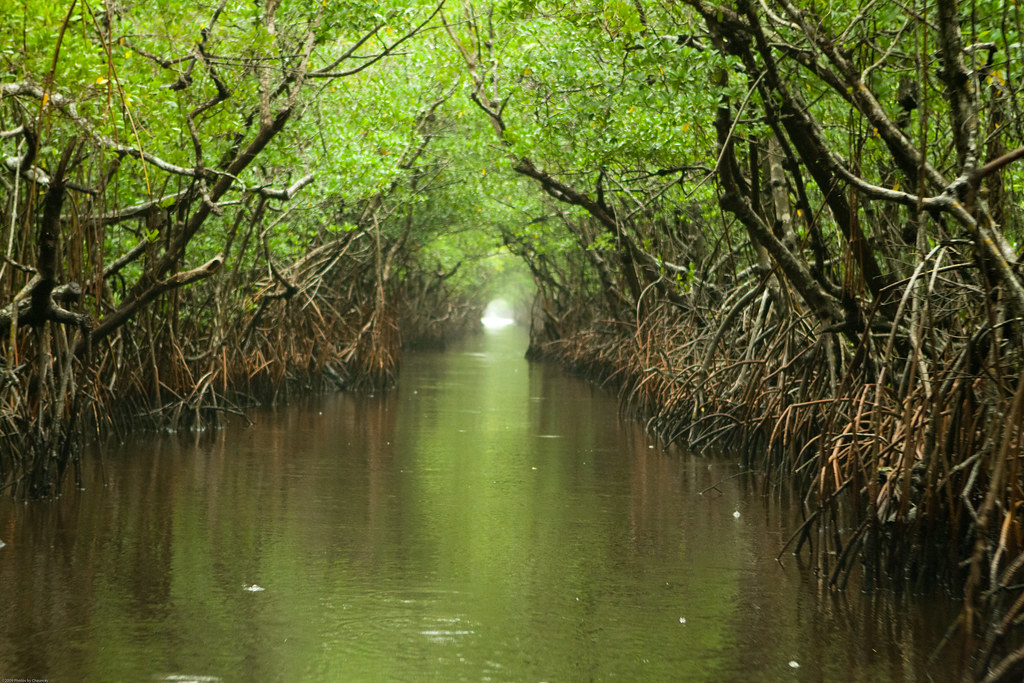Everglades

Basics
The Everglades is a unique treasure found in South Florida. It is the largest remaining subtropical wilderness in the United States and consists of 1.5 million acres of saw grass marshes, mangrove forests, and hardwood hammocks dominated by wetlands. It is home to endangered, rare, and exotic wildlife.
There is an intricate system of subtropical wetlands, lakes, and rivers, originally covering more than 4,000 square miles (10,000 square kilometers) from Lake Okeechobee to the southern tip of Florida. However, due to development, the Everglades has been reduced to less than half of that size, according to the Florida Museum of Natural History.
While sometimes thought of as a giant swamp, the Everglades is technically a very slow-moving, shallow river. Because sawgrass marsh dominates this river, it was traditionally called the "River of Grass." In fact, Native Americans living in the area called it Pahayokee, meaning the "grassy waters."
The Everglades hosts a variety of diverse habitats and is home to unique wildlife, including almost 70 threatened and endangered species, such as the manatee, the American alligator, the sea turtle, the Florida panther and a variety of birds. Today, 50% of South Florida's original wetland areas no longer exist. The number of wading birds has been reduced by 90%. Entire populations of animals are in danger of disappearing. Exotic pest plants have invaded natural areas. Losses of seagrass beds in Florida Bay have been followed by losses of wildlife.
Climate
The climate of South Florida is located across the broad transition zone between subtropical and tropical climates. The subtropical climate in the area features hot and humid summers and mild winters. Like most regions with this climate type, the"dry season" (winter) runs from November through April, and the "wet season" (summer) runs from May through October. About 70% of the annual rainfall in south Florida occurs in the wet season - often as brief but intense tropical downpours. The dry season sees little rainfall and dew points and humidity are often quite low. The dry season can be severe at times, as wildfires and water restrictions are often in place.
The annual range of temperatures in south Florida and the Everglades is rather small (less than 20 °F [11 °C]) - ranging from a monthly mean temperature of around 65 °F (18 °C) in January to 83 °F (28 °C) in July. High temperatures in the hot and wet season (summer) typically exceed 90 °F (32 °C) across inland south Florida, while high temperatures in the dry winter season average from 70 to 79 °F (21 to 26 °C). Frost and freeze are rare across south Florida and the Everglades.